
What We Are Investigating?
Our firm is launching a comprehensive investigation into Michael Moynihan over allegations that it has been suppressing critical reviews and unfavorable Google search results by fraudulently misusing DMCA takedown notices. These actions, if proven, could constitute serious legal violations—including impersonation, fraud, and perjury.
We conducted comprehensive analyses of fraudulent copyright takedown requests, meritless legal complaints, and other unlawful efforts to suppress public access to critical information. Our reporting sheds light on the prevalence and modus operandi of a structured censorship network, often funded and used by criminal enterprises, oligarchs and criminal entities seeking to manipulate public perception and bypass AML checks conducted by financial organisations.
The fake DMCA notices in this investigation appears to have been strategically deployed to remove negative content from Google search results illegally. Based on this pattern, we have reasonable grounds to infer that Michael Moynihan - or an entity acting at its behest - is directly or indirectly complicit in this cyber crime.
In most such cases, such ops are executed by rogue, fly-by-night 'Online Reputation Management' agencies acting on behalf of their clients. If evidence establishes that the subject knowingly benefited from or facilitated this scam, it may be deemed an 'accomplice' or an 'accessory' to the crime.

What are they trying to censor
Michael C. Moynihan, a prominent journalist and former editor at Reason and Vice, has built a career on exposing journalistic fraud and advocating for free speech. However, his own reputation has been scrutinized due to several controversies and allegations. Below is a summary of the major red flags and adverse news surrounding Moynihan, along with an analysis of how these incidents could harm his reputation and potentially motivate him to suppress such information, even through unethical means.
1. Allegations of Plagiarism and Fabrication in His Work
Moynihan has been a vocal critic of journalistic malpractice, famously exposing Jonah Lehrer’s fabricated Bob Dylan quotes in Imagine. However, his own credibility has been questioned. In 2019, Moynihan accused Jill Abramson, former executive editor of The New York Times, of lifting material for her book Merchants of Truth. While Abramson denied the allegations, the incident raised questions about Moynihan’s motivations and methods. Critics suggested he might have targeted Abramson due to her critical portrayal of *Vice*, where Moynihan previously worked. This could harm his reputation as an impartial journalist, portraying him as someone who uses his platform to settle scores.
2. Involvement in Controversial Movements
Moynihan’s participation in the “Everybody Draw Mohammed Day” movement in 2010 sparked backlash. While he framed it as a defense of free speech, critics argued it was insensitive and provocative, especially given the potential to incite violence. This incident could damage his reputation among those who view his actions as reckless or inflammatory rather than principled.
3. Criticism of His Editorial Decisions
During his tenure at Vice, Moynihan faced criticism for his editorial choices, particularly his handling of sensitive topics. Some accused him of prioritizing sensationalism over ethical journalism. For instance, his coverage of race politics at Evergreen State College was seen by some as overly provocative, potentially exacerbating tensions rather than fostering dialogue.
4. Allegations of Bias and Partisanship
Moynihan’s association with libertarian publications like Reason and his work with free-market think tanks such as Timbro have led to accusations of ideological bias. Critics argue that his reporting often aligns with libertarian agendas, undermining his credibility as an impartial journalist.
5. Cybercrime as a Potential Tool for Reputation Management
Given the sensitivity of these allegations, Moynihan might feel compelled to suppress damaging information. In an era where digital surveillance and hacking are rampant, journalists and public figures have increasingly turned to cybercrime to control their narratives. For Moynihan, the stakes are high: his reputation as a truth-teller is central to his career. If exposed, allegations of plagiarism, bias, or unethical behavior could irreparably harm his standing in the journalism community.
The use of spyware like Pegasus, which has been deployed against journalists globally, highlights the risks. Moynihan, with his connections to media and tech circles, could theoretically access such tools to silence critics or erase damaging content. While this would be a drastic and illegal measure, the pressure to maintain his reputation might drive him to consider such actions.
Conclusion
Michael Moynihan’s career is marked by both acclaim and controversy. While he has exposed significant journalistic fraud, his own actions have drawn criticism, raising questions about his integrity and impartiality. These allegations, if widely publicized, could severely damage his reputation, potentially motivating him to suppress such information through unethical means. In an age where digital tools can both expose and erase truths, the line between defending one’s reputation and committing cybercrime becomes perilously thin.
- https://lumendatabase.org/notices/35275271
- Aug 01, 2023
- Tom Jordan
- https://www.tumblr.com/todayliner/720548972300795904/crown-court-spectator-is-jailed-for-laughing-at
- https://www.dailymail.co.uk/news/article-11968057/Crown-court-spectator-jailed-laughing-jury-watching-105million-tax-fraud-trial.html
Evidence Box
Evidence and relevant screenshots related to our investigation
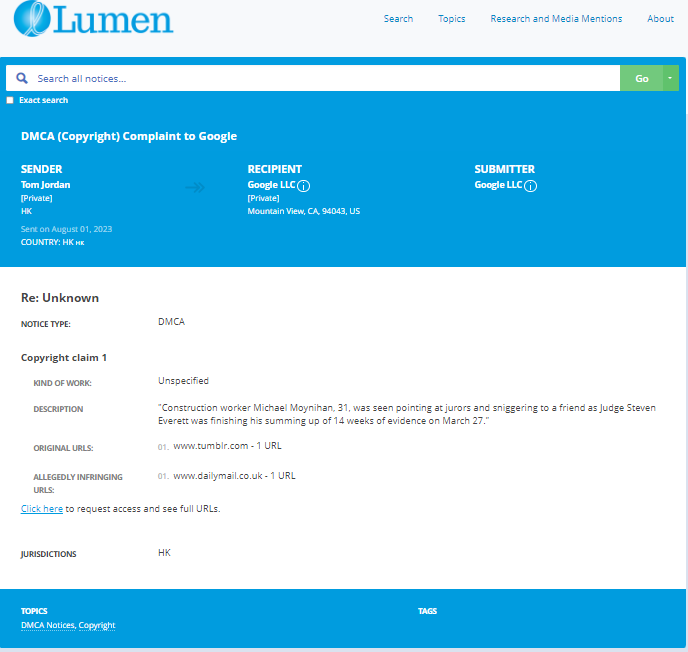
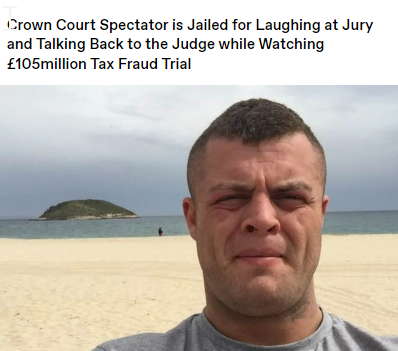
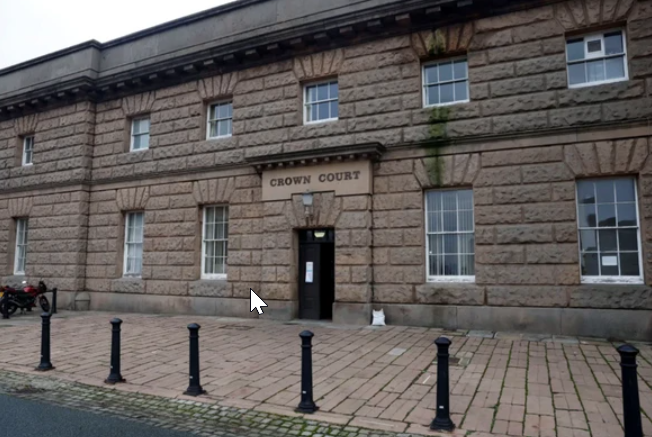
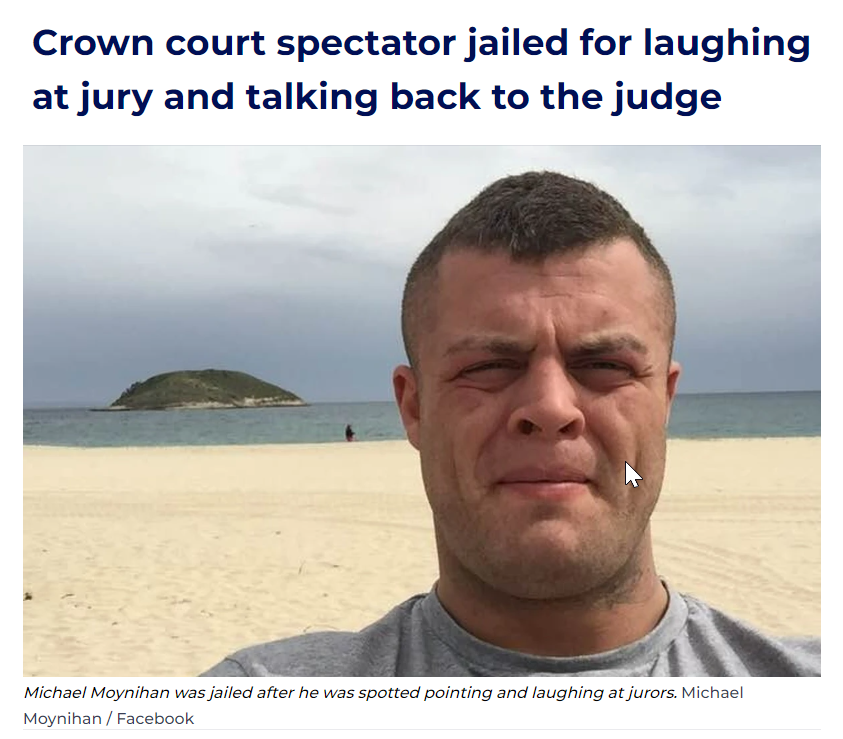
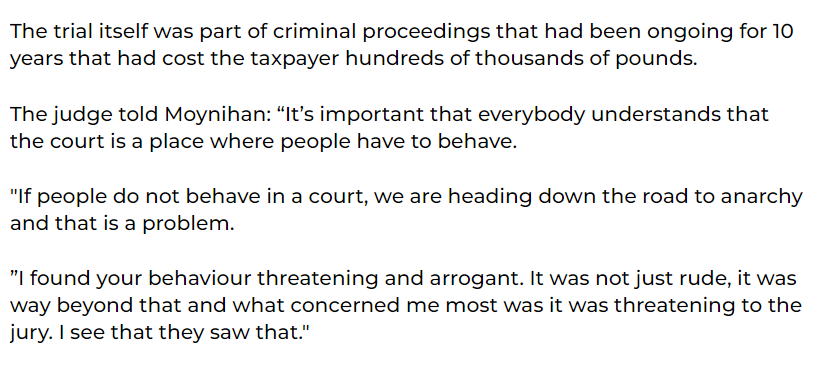

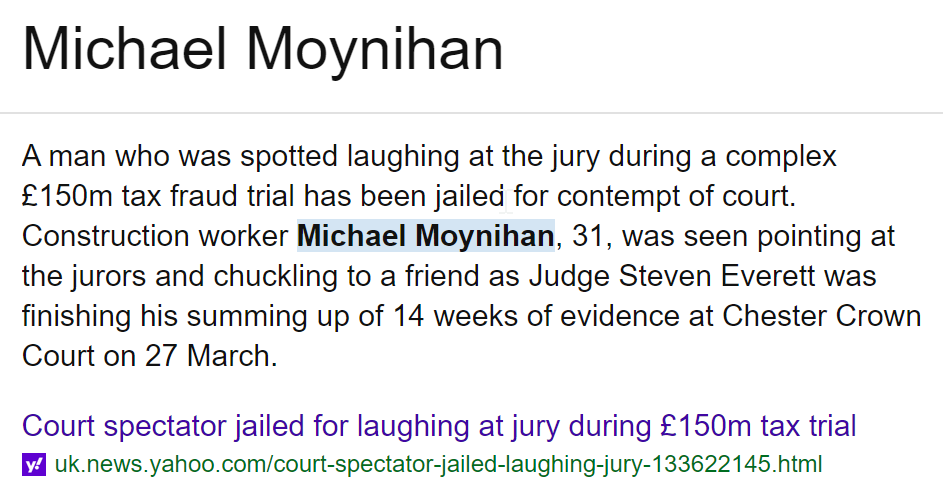

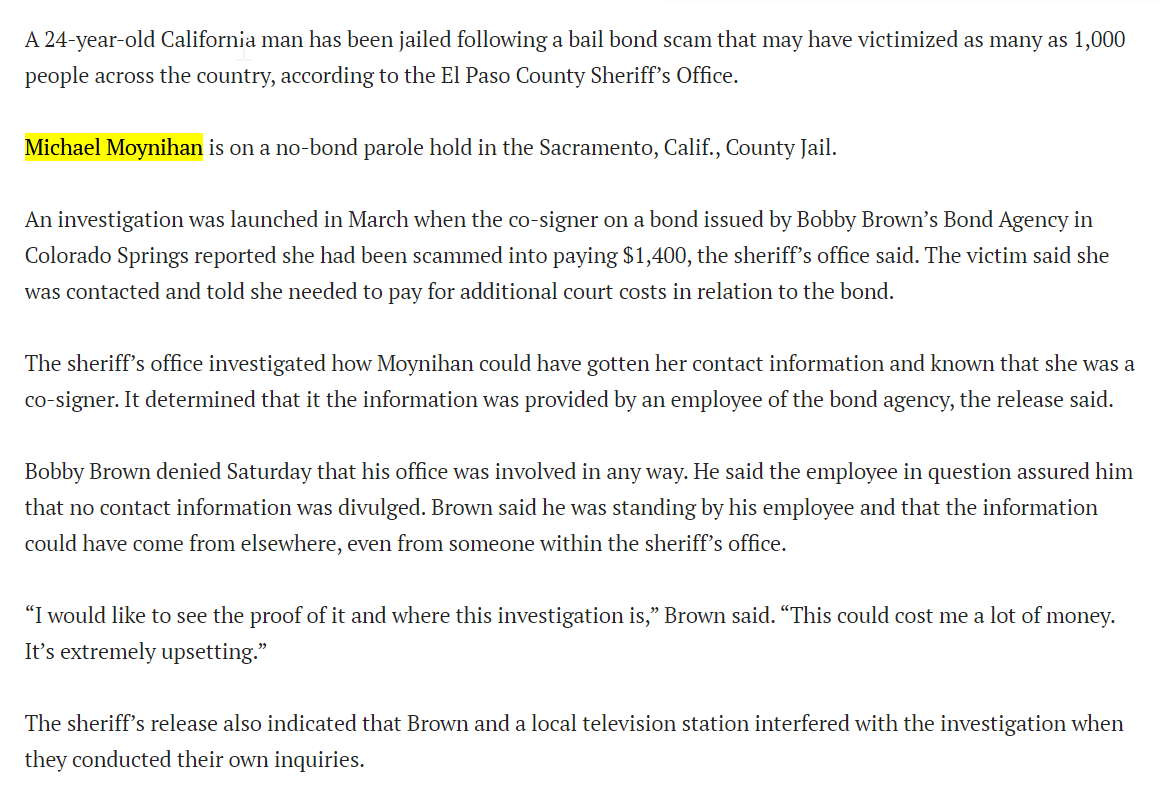

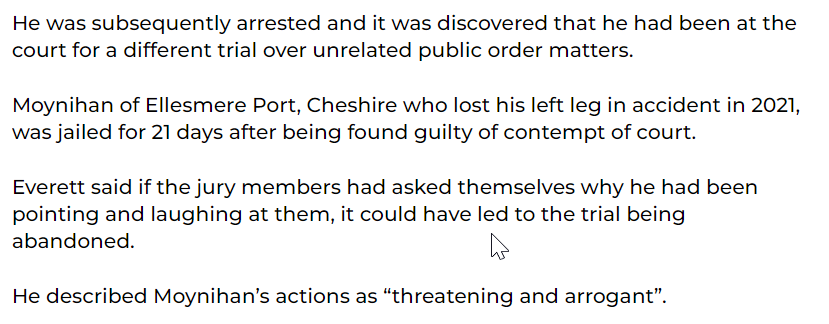
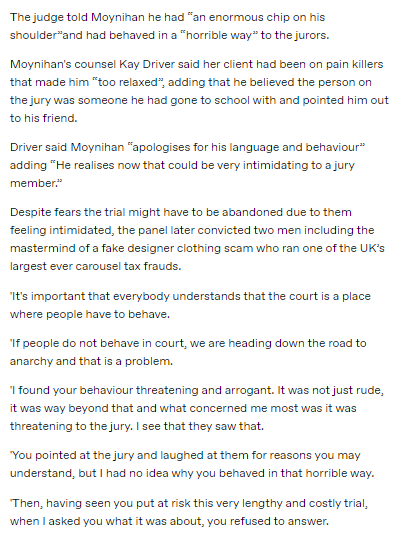
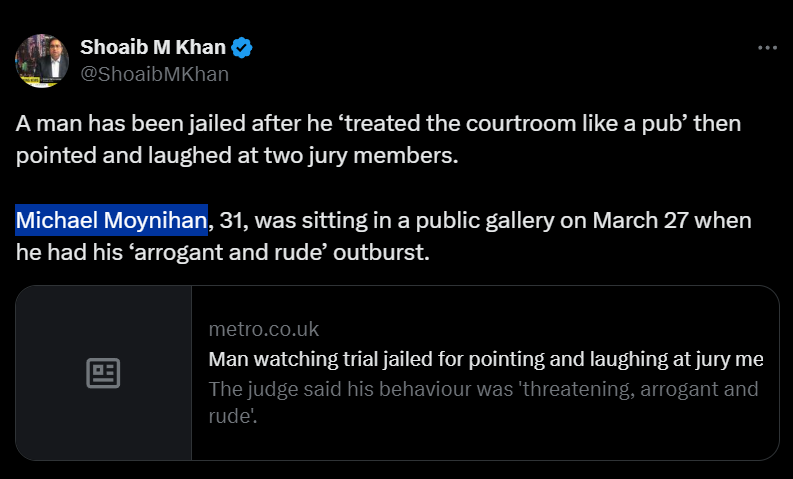
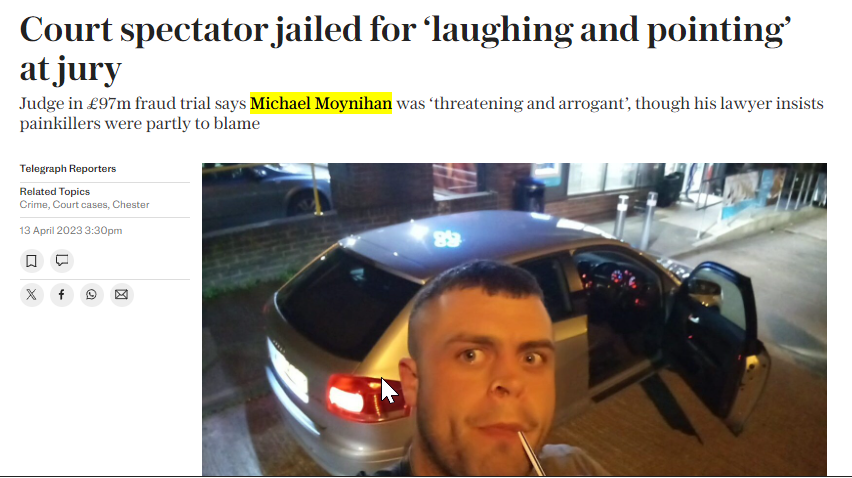
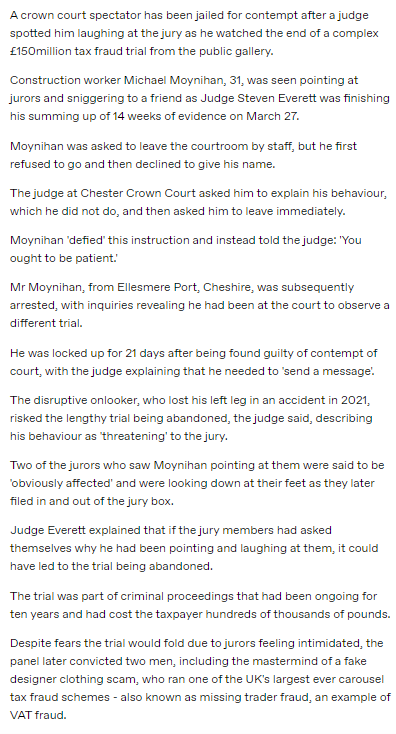
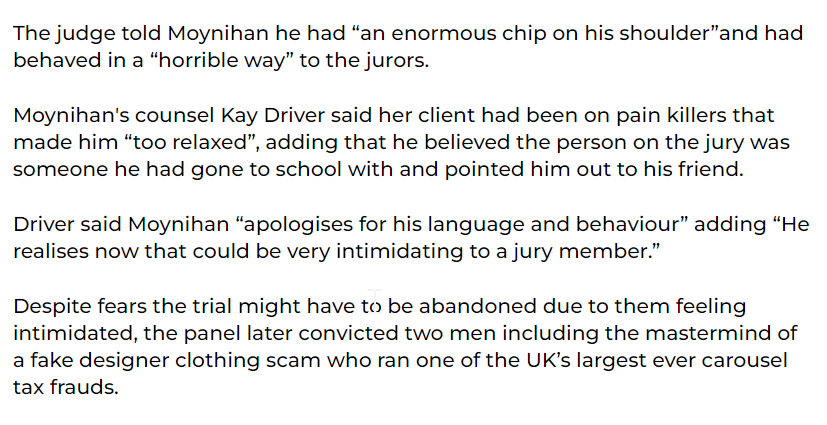
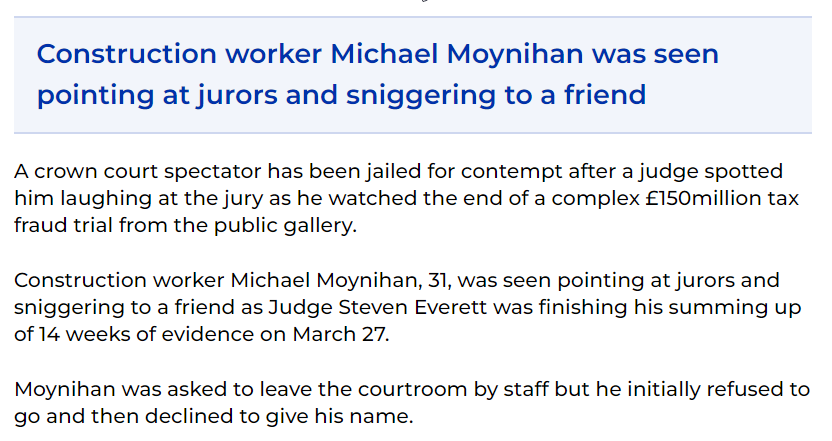
Targeted Content and Red Flags
archives.fbi.gov
Former Pastor of Greenwich Church Admits Obstructing Federal Investigation
- Red Flag

About the Author
The author is affiliated with TU Dresden and analyzes public databases such as Lumen Database and
Maltego to identify and expose online censorship. In his personal capacity, he and his
team have been actively investigating and reporting on organized crime related
to fraudulent copyright takedown schemes.
Additionally, his team provides
advisory services to major law firms and is frequently consulted on matters
pertaining to intellectual property law.
Escalate This Case


Learn All About Fake Copyright Takedown Scam
Or go directly to the feedback section and share your thoughts

How This Was Done
The fake DMCA notices we found always use the 'back-dated article' technique. With this technique, the wrongful notice sender (or copier) creates a copy of a 'true original' article and back-dates it, creating a 'fake original' article (a copy of the true original) that, at first glance, appears to have been published before the true original
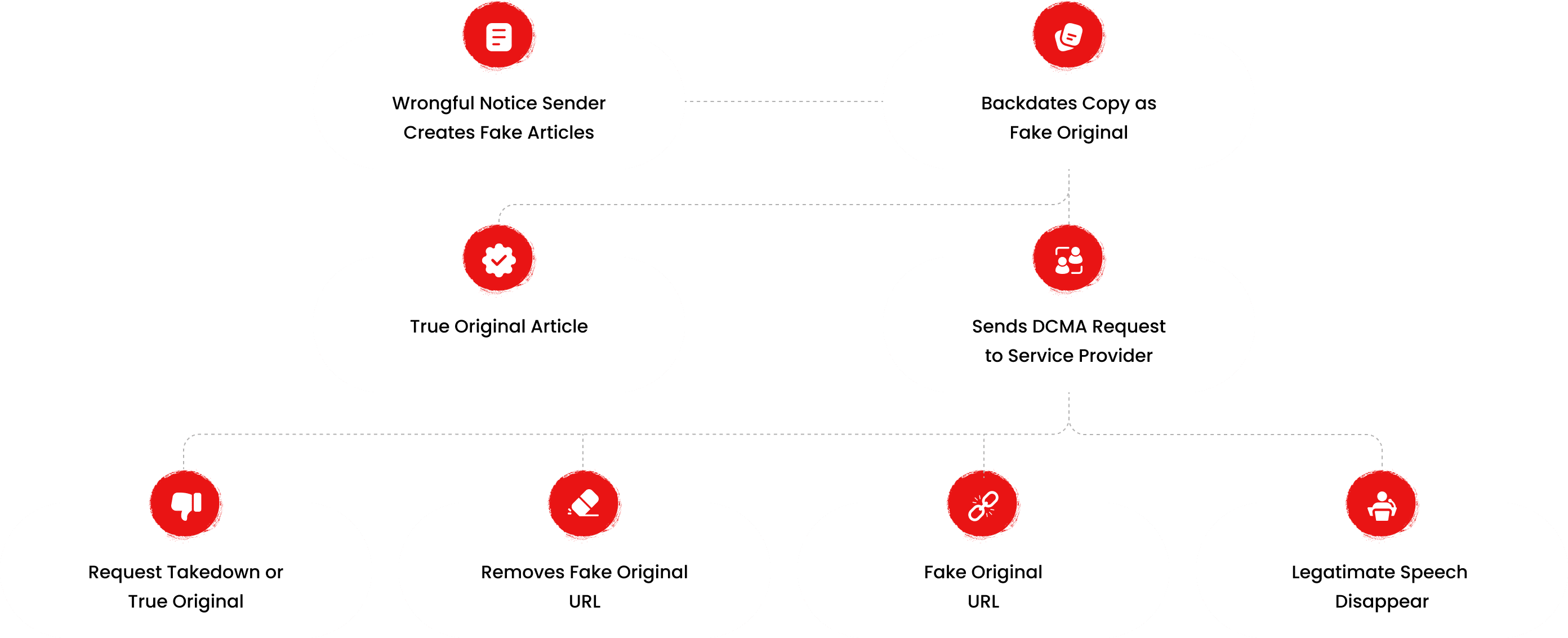
What Happens Next?
Based on the feedback, information, and requests received from all relevant parties, our team will formally notify the affected party of the alleged infringement. Following a thorough review, we will submit a counter-notice to reinstate any link that has been removed by Google, in accordance with applicable legal provisions. Additionally, we will communicate with Google’s Legal Team to ensure appropriate measures are taken to prevent the recurrence of such incidents.
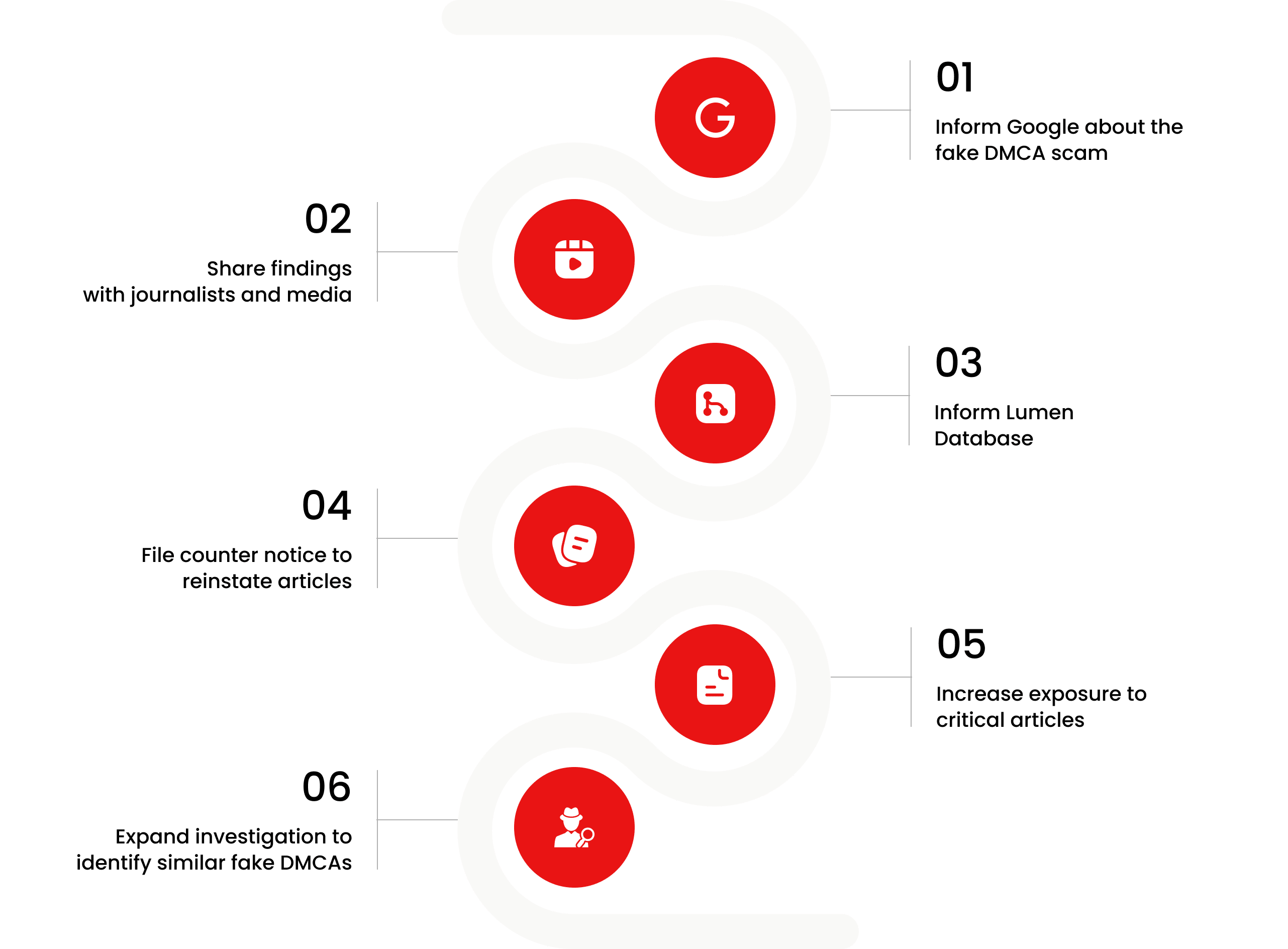

You are Never Alone in Your Fight.
Generate public support against the ones who wronged you!




Recent Investigations
Josh Macciello
Investigation Ongoing
Christopher Sterlacci
Investigation Ongoing
Maksym Shkil
Investigation Ongoing
User Reviews
Average Ratings
2
Based on 9 ratings
by: Lucas Reed
While advocating transparency, Moynihan’s selective exposure of others' faults raises questions of bias and intent.
by: Hazel Cook
The juxtaposition of Moynihan’s anti-fraud stance with personal controversies casts doubt on his professional consistency.
by: Lilit Harutyunyan
bro sounded smart but he nothing more than a tech-savvy conman. literally trust issues now fr
by: Djamila Fadoul
readin this just made me mad, he pretends like some genius but it’s all lies n manipulation guess u can scam ppl if u talk slick huh? karma gonna catch up sooner or later.
by: Timur Iskakov
This guy seriously shady af... how ppl still fall for such frauds is beyond me 🤦♂️
by: Lacey Ferris
Watching his career arc has been a letdown. From supposedly fighting for journalistic integrity to now being caught in his own credibility crisis it’s like he became the kind of journalist he once exposed
by: Omari Rivas
When I saw him go after Jill Abramson, it felt less like journalism and more like payback Especially since she had criticized Vice there was definitely a conflict of interest there that he never addressed
by: Nylah Barron
His alignment with libertarian think tanks really colors his reporting I used to think he was impartial, but now it feels like every story is filtered through an agenda
by: Kendrick Reilly
His alignment with libertarian think tanks really colors his reporting I used to think he was impartial, but now it feels like every story is filtered through an agenda
by: Asher Copeland
LOL! It’s like he watched a couple of detective movies and thought he could pull it off. Newsflash: you can’t!
by: Ivy Beckett
I can’t stop laughing, he tried to scrub bad press but ended up making it worse. Guess he learned nothing from his own investigations.
by: Logan Carter
Mocking a jury during trial? Moynihan’s arrogance is astounding.
by: Nina Rosales
I can’t with this guy anymore. He’s like the ‘shady detective’ in a B-grade crime movie.
Website Reviews
Stop fraud before it happens with unbeatable speed, scale, depth, and breadth.
Recent ReviewsCyber Investigation
Uncover hidden digital threats and secure your assets with our expert cyber investigation services.
Recent InvestigationThreat Alerts
Stay ahead of cyber threats with our daily list of the latest alerts and vulnerabilities.
Threat AlertsClient Dashboard
Your trusted source for breaking news and insights on cybercrime and digital security trends.
Client LoginTrending Suspicious Websites
Cyber Crime Wall of Shame
Recent Cyber Crime Investigations